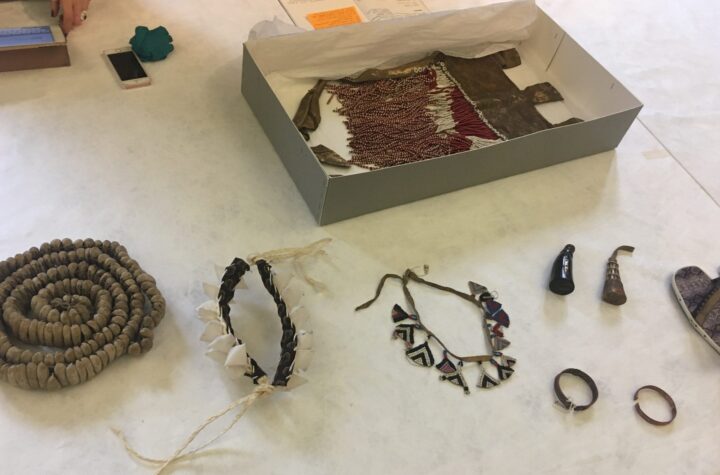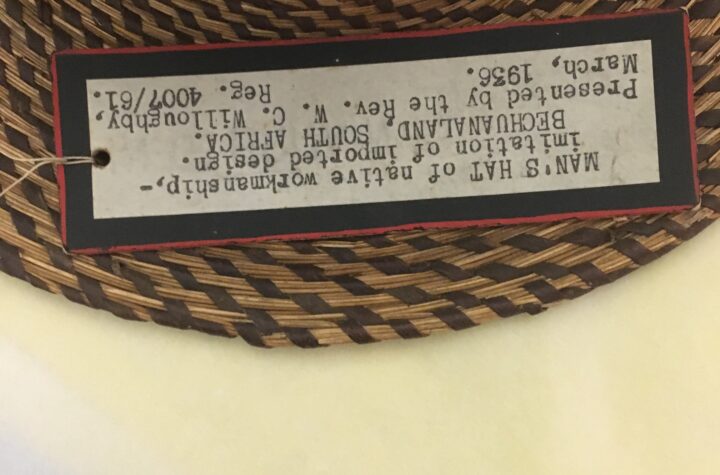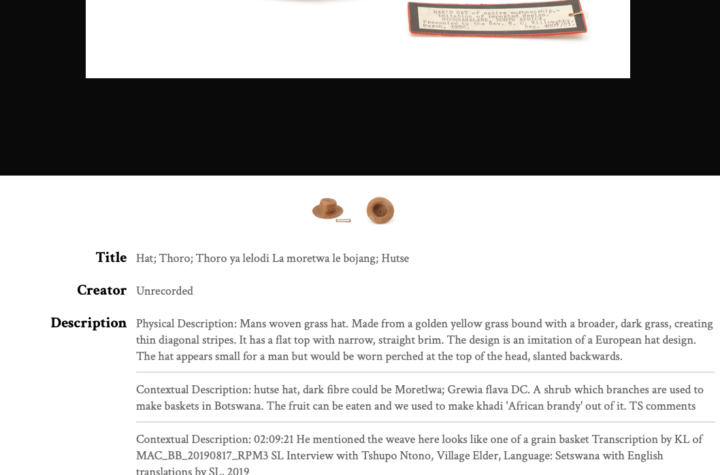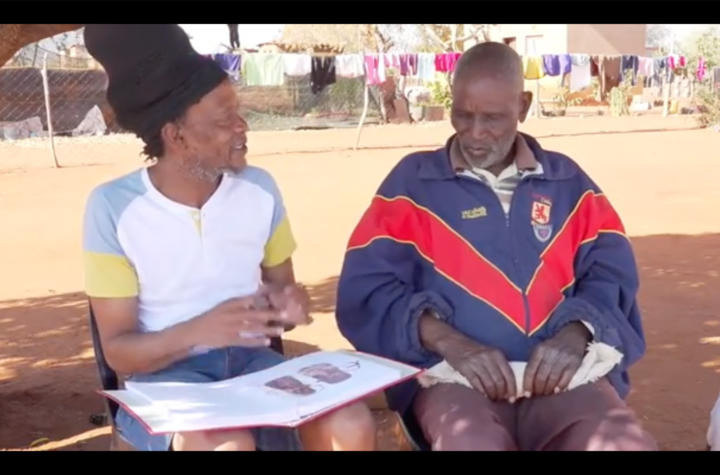The museum’s collections management system, Mimsy XG, does allow for multiple descriptions of an object to be recorded at once. But for the purposes of the project, the records needed to be combined with records from two other museums which use different collections management systems, and shared on the digital archive site using Omeka.
I transcribed accession registers and index cards, recording the date and the name of the person who wrote the description where known. I transcribed interviews which the team had conducted with people in Botswana and created alternative descriptions based on these.
For the Omeka site, I felt strongly that this system of having multiple descriptions, from different perspectives and using people’s own words, should be replicated. I could have summarised the information from the interviews into one neat description but that would have meant me as a white British museum professional editorialising the information and presenting in a ‘neutral’ institutional voice. This went against the aim of the project to experiment with decolonial practice.
The solution was to record multiple descriptions in Omeka, and to prefix the ‘core’ description with the phrase ‘physical decription’ and the new descriptions with ‘contextual description’ and to suffix each one with a note explaining who is describing the object.



